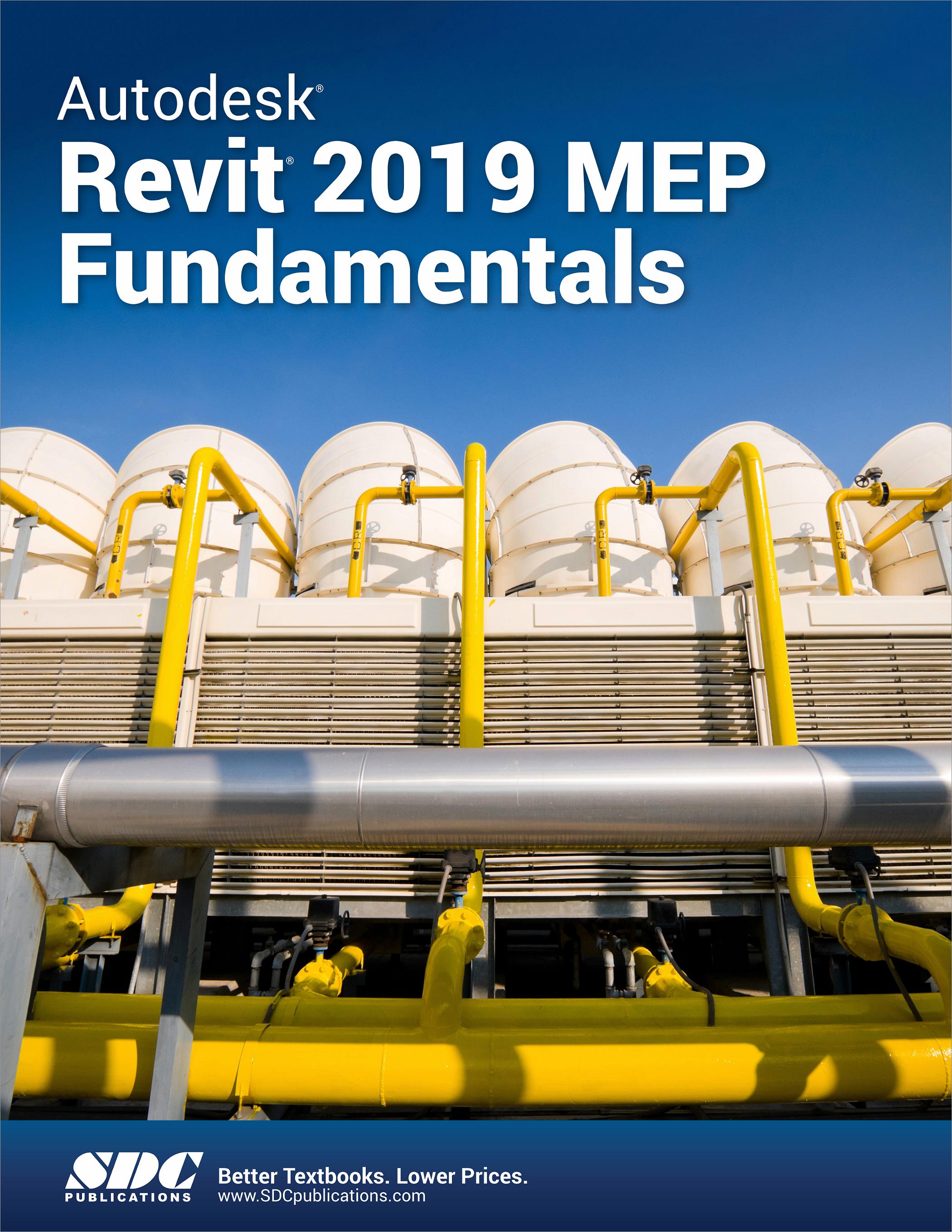

It is a detailed course which delves into the deeper side of these categories and gives an in-depth view on how to create the components and model them correctly within Revit. Revit MEP Essentials online training will cover the user interface and the basic HVAC, electrical, and piping/plumbing components of Revit MEP. It is required to have prior knowledge of Revit Architecture, to be able to benefit from this course.4 WHY CHOOSE THIS COURSE? The goal is to create a solid foundation from which students can build upon. We have designed the course in way to cover all the major tools and systems in Revit, as well as common pitfalls or issues students may face. Also, users who are trying to develop their skills further. This course is advantageous for Mechanical, Electrical and Plumbing based companies. At the end of each video, you will be instructed to open a certain file to practice what you learned.The Revit MEP Essentials course is designed for those who have used Revit Architecture and want a comprehensive overview of how the program functions and how they can better use it in their given industries. You will have two sets of files: PDF file which carries instructions, and RVT files which will be your starting point for each topic. The course finally, will teach you how to link and import CAD files, how to link images and PDF files, then how to export your views to PDF files, along with other advanced features of Revit. The course will discuss creating your own families of VAV Box, Water Heater, and Lighting Fixture. Other advanced topics will be discussed in the course like creating several types of schedules for HVAC, Electrical, and Piping. You will learn how to create dimensions, and writing text, create tags, create detailing of your design, along with creating and printing sheets. The course will show you how to create the MEP systems, manually and automatically. You will learn how to create Spaces, then make the energy analysis using the new method. The course will show you how to Link Revit models from other disciplines.

Then it will cover the basic skills of how to select elements, draw, and modify. The course will start with introducing you to Revit Interface. In this course, you will learn how to create HVAC, Hydronic, Plumbing, Fire Protection, and Electrical systems.


 0 kommentar(er)
0 kommentar(er)
